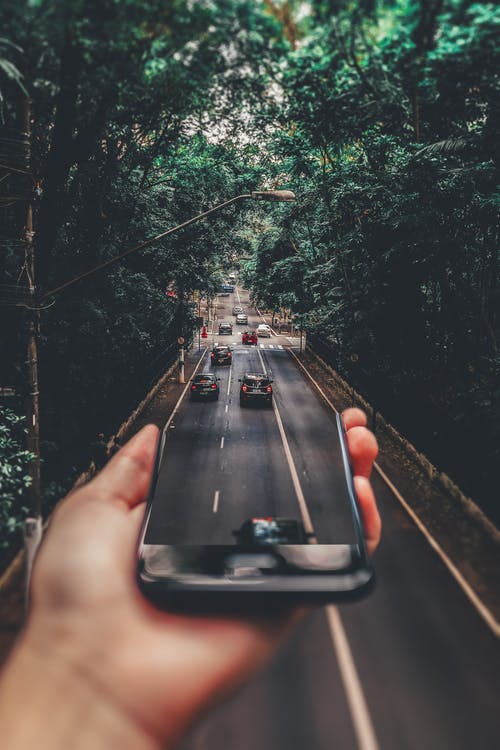
12 Apr PACKAGE DELIVERY: FUTURE TRENDS AND INNOVATIONS
The package delivery industry has undergone a host of fits and starts in recent years, driven by the rapid expansion of e-commerce and advancements in technology. As customer expectations continue to evolve, the industry must adapt to meet these demands while addressing all manner of potential hiccups and hazards. Given all this, the time seems opportune to contemplate some of the top innovations and trends that may define the future of package delivery and redefine the way goods are transported and delivered going forward.
One of the most prominent new developments here is the adoption of autonomous vehicles and robotics to streamline operations and reduce reliance on human labor. Self-driving trucks, vans, and drones are being developed and tested by major delivery companies, with the potential to revolutionize the way packages are transported over short and long distances.
In addition to autonomous vehicles, robotic technology is also being integrated into package delivery operations. Warehouse robots can efficiently sort and load packages, while sidewalk delivery robots can navigate urban environments to bring goods directly to consumers’ doors. As these technologies continue to advance, their impact on the industry will only grow, driving efficiency and cost savings.
Mind you, as concerns about climate change and environmental impact continue to intensify, the package delivery industry is under increasing pressure to adopt sustainable practices and invest in eco-friendly vehicles. Electric and hybrid delivery vehicles are becoming more prevalent, offering a greener alternative to traditional fossil fuel-powered vehicles.
In addition to adopting cleaner transportation methods, delivery companies are exploring innovative ways to minimize packaging waste and promote recycling. Reusable packaging materials, sustainable packaging designs, and incentives for consumers to recycle or return packaging are all potential strategies to reduce the environmental footprint of the package delivery industry.
BTW: In the age of instant gratification and digital connectivity, consumers increasingly expect real-time updates and transparency when it comes to their package deliveries as well. Advanced tracking technologies and the Internet of Things (IoT) are enabling delivery companies to provide customers with more accurate and up-to-date information about the status of their packages.
IoT-connected devices and sensors can also help delivery companies monitor vehicle performance, optimize routing, and manage their fleets more effectively. As the integration of real-time data and advanced tracking systems continues to expand, the package delivery industry will be better equipped to meet and exceed customer expectations.
As the e-commerce landscape evolves, so too do the preferences and expectations of online shoppers continue to evolve as well. The future of package delivery will likely see a greater emphasis on personalized and convenient delivery options, such as same-day delivery, scheduled deliveries, and pick-up locations.
Smart locker systems, in which customers can collect their packages at secure, self-service locations, are also gaining popularity as a convenient and flexible delivery option. By offering customers more control over when and where they receive their packages, delivery companies can enhance customer satisfaction and differentiate themselves in a competitive market.
The adoption of artificial intelligence (AI) and machine learning has the potential to drive significant improvements in efficiency and customer service to boot. For instance, AI-powered algorithms can analyze vast amounts of data to optimize routing, predict delivery times, and even anticipate future demand.
By harnessing the power of AI and machine learning, delivery companies can make data-driven decisions and allocate resources more effectively, ultimately leading to faster and more reliable deliveries for customers.



